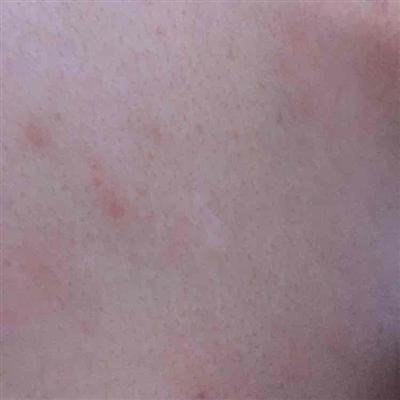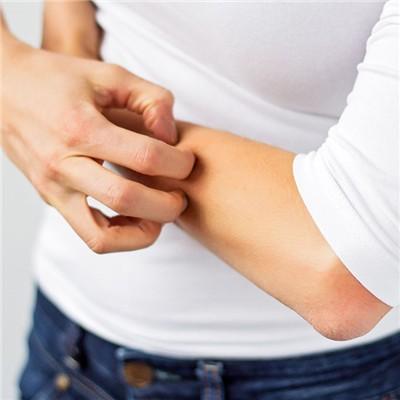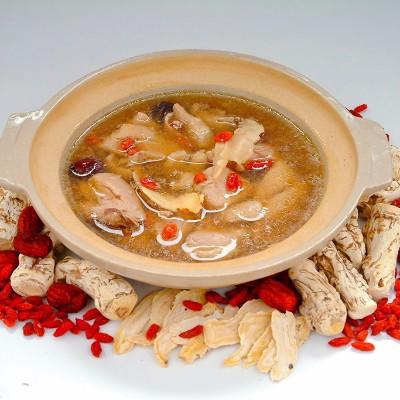What are male diseases?
summary
The range of male diseases is very wide, including sexual dysfunction, seminal disease, sexually transmitted diseases and other andrological diseases. Due to the specific location and condition of andrology, and the influence of traditional concepts, many patients avoid medical treatment. They often suppress their own psychology and cover up their illness to maintain their dignity, thus delaying the treatment time and causing great harm to their body and mind. What are the male diseases?
What are male diseases?
Male infertility: male infertility refers to infertility caused by the production, maturation, transportation or ejaculation of sperm. Factors affecting male fertility include genetic abnormalities, history of exposure to chemicals or heavy metals, addiction to alcohol or tobacco, varicocele, reproductive hormone disorder, infection, reproductive tract abnormalities, cancer, long-term use of drugs that affect sperm quality and quantity, obesity, thyroid disease, diabetes mellitus, etc General conditions such as liver disease and diabetes can affect men's reproductive function. Male infertility itself is not an independent disease, but the result of a variety of diseases or factors, and most of them lead to infertility by reducing the quality of semen.
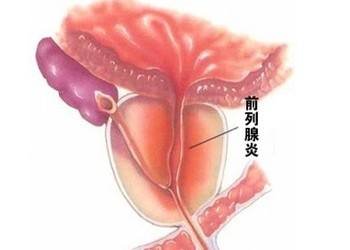
Erectile dysfunction: commonly known as impotence, adult male sexual dysfunction, penile erection, or erection is not strong. The vast majority of patients are caused by mental and psychological factors, and a few patients can be caused by reproductive organ hypoplasia, diseases, nervous system diseases or some systemic diseases. There are two kinds of impotence: impotence without sexual intercourse is called primary impotence; The original normal sexual intercourse, and later sexual dysfunction, penile erection can not be called secondary impotence.
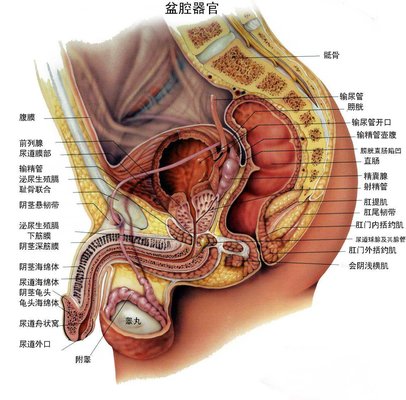
Prostatitis: male reproductive system common inflammation, more common in young adults. It is often associated with urinary tract inflammation. It can be divided into acute and chronic. The former is mostly bacterial infection, and there are incentives. The main symptoms were systemic infection and posterior urethral irritation, accompanied by perineal and lumbosacral pain and dysuria. The latter few from acute change, most of no acute process, unknown etiology, also known as prostate disease. The clinical manifestations are often urination discomfort, pain, sexual dysfunction and neurasthenia, easy to relapse.
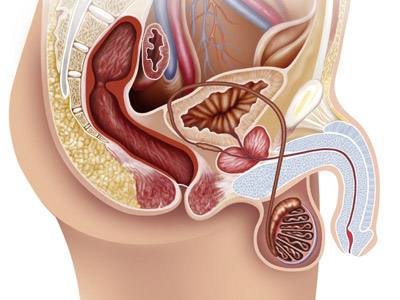
matters needing attention
Moderate exercise: do "five three seven", five: exercise at least five times a week; 3: Exercise for more than 30 minutes each time; 7: After each exercise, the actual heart rate plus age should reach 170 beats per minute. Do not overwork, avoid catching cold, adjust work, life rhythm, work and rest, avoid excessive fatigue. According to the temperature changes, timely increase or decrease clothing, avoid catching cold. Keep defecation unobstructed: defecate regularly every day, and eat more vegetables in daily diet. Eat fruit and exercise properly, and treat constipation in time.








